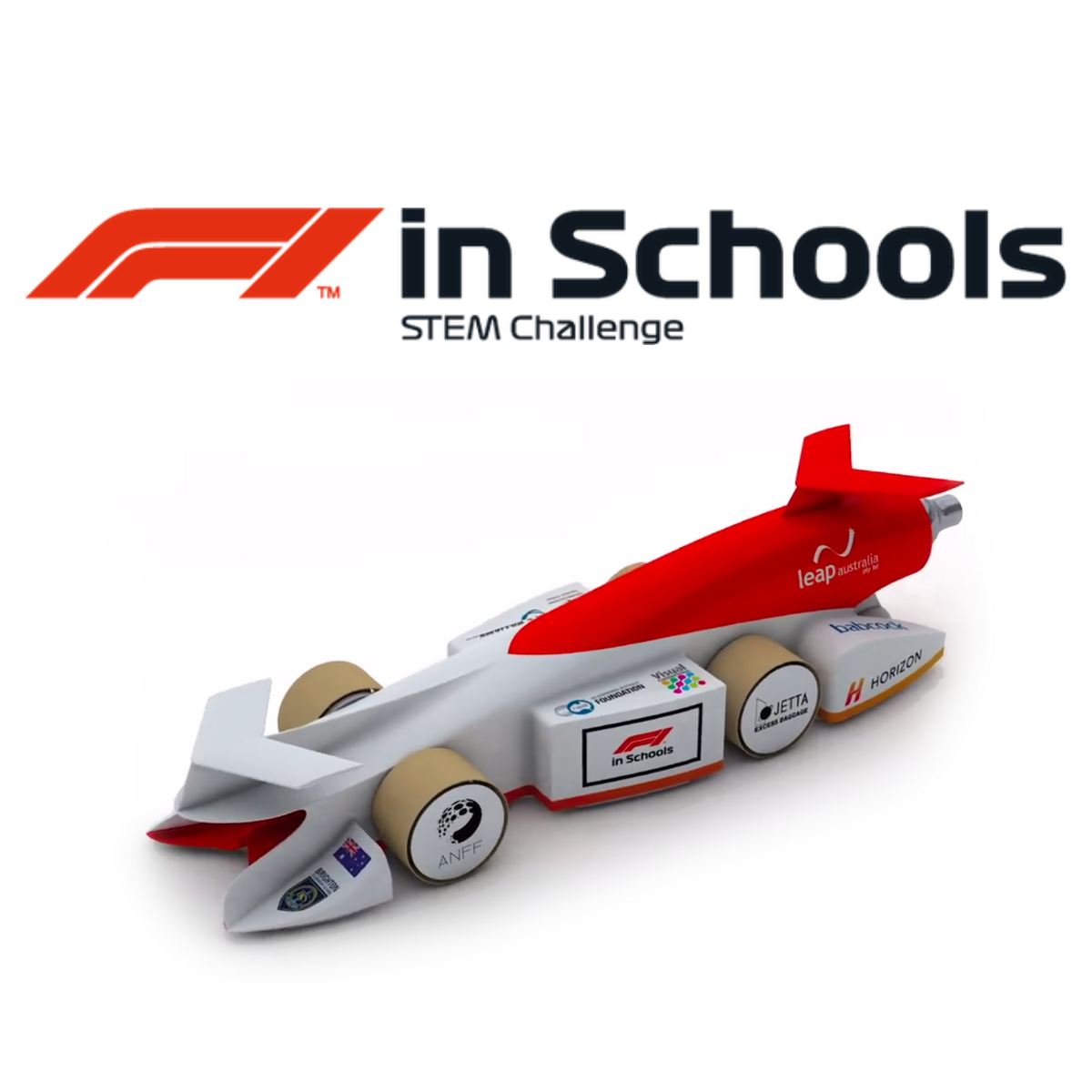
Engineering in F1 in Schools involves the complete process of designing, testing, and manufacturing a miniature F1 car. Students use professional tools like CAD software and simulations to optimize aerodynamics and performance, all while following strict technical regulations. This hands-on experience develops key skills such as problem-solving, critical thinking, and innovation.
Beyond the technical side, it also fosters teamwork, time management, and attention to detail—abilities that are highly valuable in any professional environment. Participating in the engineering side of F1 in Schools provides a strong foundation for future studies and careers in engineering, design, and other STEM-related fields.
1.000.000 +
participants
64
countries
30.000 +
schools
1
objective
The main tools students use in order to design, create and test the cars are CAD and CFD.
CAD, (or Computer- aided design) is a software used by teams to design their F1 model cars with high precision. It allows students to create 3D models, visualize their ideas, and make modifications easily. Using CAD, teams can design aerodynamic shapes, ensure all components fit together correctly, test different design variations quickly and prepare files for 3D printing or CNC manufacturing.
On the other hand, CFD or (Computational Fluid Dynamics) its a software that helps simulate how air flows around the car. It allows teams to analyze and improve the aerodynamics without needing a physical prototype. With CFD, teams can identify areas of high drag, test how different shapes affect airflow, optimize parts like the front wing, rear wing, and body shape or even increase speed and performance by reducing air resistance.
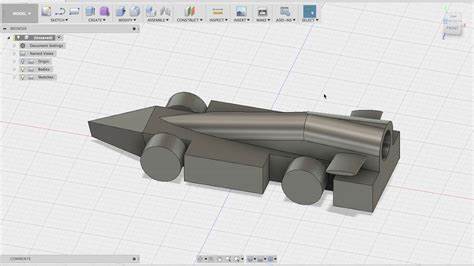
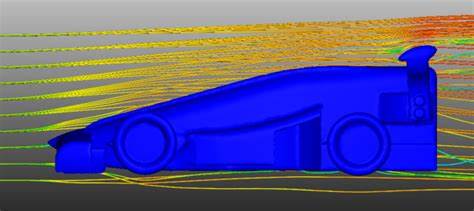
After the car is fully designed using CAD software, the next step in F1 in Schools is the manufacturing process. This stage brings the digital design to life and turns it into a physical model that can race on the track.
The manufacturing usually begins with the CNC milling machine. The 3D design is converted into a format that the CNC machine can read, and it uses a block of lightweight material, usually balsa wood or high-density foam, to carve out the shape of the car with precision.
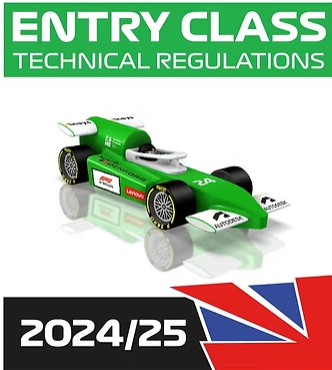
ENTRY
(BEGGINER)
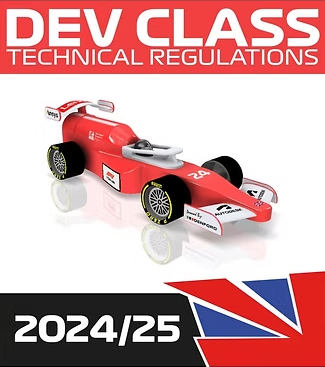
DEVELOPER
(INTERMEDIATE)
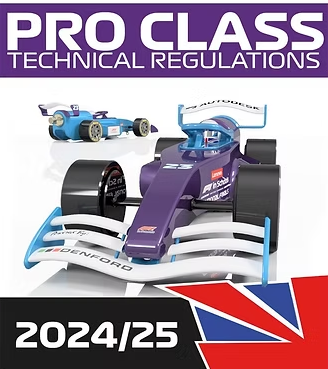
PROFESSIONAL
(ADVANCED)